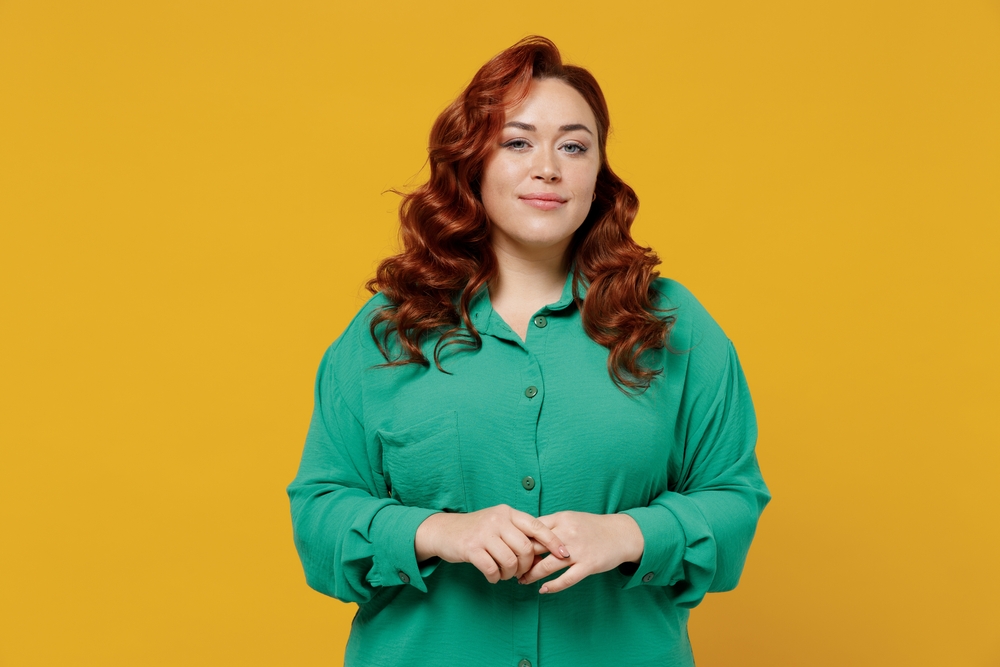
Fat Transfer in Fairfax
A fat transfer, also known as fat grafting or autologous fat transplantation, is a cosmetic procedure that involves removing fat from one area of the body and then injecting it into another area.
This typically occurs through liposuction and is done to enhance volume, improve the contour in the area, and / or rejuvenate.
Why Choose a Fat Transfer?
This technique has many advantages. It’s an excellent choice for anyone who desires natural-looking results and doesn’t wish to undergo a complicated recovery.
It’s also a dual and customizable procedure that yields long-lasting results. You can achieve body contouring and fat reduction through liposuction while at the same time recycling fat cells to enhance other areas of your body such as your breasts, buttocks, face, and hands.
Fat transfer is also safe. Because it uses your own fat cells as the filler material, it doesn’t rely on synthetic substances that may interact differently with different skin types.
How Do I Prepare for This Procedure?
Preparing for your procedure involves several essential steps. Expect to be given full instructions based on your specific goals, medications, and other considerations but here are basic guidelines to keep in mind for a safe and successful outcome:
- Schedule a consultation. Schedule a consultation with a board-certified plastic surgeon who has experience with fat transfer procedures. Discuss your goals and any concerns you may have. This meeting determines your eligibility for treatment. During your consultation, the surgeon will assess your overall health, review your medications, and discuss any underlying medical conditions that may affect the procedure.
- Quit smoking. If you’re a smoker or use other tobacco products, quit smoking at least a few weeks before and after your fat transfer. Use of tobacco including smoking can hinder the healing process and increase the risk of complications.
- Follow your surgeon’s instructions regarding medications. Certain drugs and herbal supplements, such as those that thin the blood, may need to be temporarily discontinued before the procedure to reduce the risk of bleeding. This includes aspirin and NSAIDs.
- Hydrate, and consume a nutritious diet. To facilitate healing, stay well -hydrated and maintain a healthy diet leading up to the procedure.
- Arrange transportation. Since you may be under anesthesia or sedation, you should plan to have someone drive you home after the procedure.
- Follow preoperative instructions. These are put in place for your safety. Your surgeon will provide guidelines for eating, drinking, and skincare before your fat transfer.
- Plan for recovery. Prepare your home for a comfortable recovery. Have essential items like ice packs, comfortable clothing, and any prescribed medications within easy reach. Because you need to rest, it’s a good idea to arrange for child or pet care and meals ahead of time.
- Ask questions. If you have any questions or concerns, don’t hesitate to ask your surgeon during preoperative appointments. Clear communication with your surgeon is crucial for a successful outcome.
How Long Is Recovery? When Can I Expect to See Results?
Remember that each person’s body responds differently, and the speed of recovery and visible results can vary.
You may notice some immediate improvement in the treated area due to the added volume from the transferred fat. However, this initial volume may decrease slightly in the following weeks.
Swelling is common afterward, and this initially masks the final results. This side effect tends to be more pronounced in the first few days after the procedure. Over the next few weeks, the swelling gradually subsides, and you’ll start to get a clearer idea of the improved contour and volume in the treated area.
It may take several weeks to a few months for the majority of the swelling to resolve and for the transplanted fat to establish a blood supply and take. The final results usually become apparent around three to six months after the procedure.
Do I Need More Than One Fat Transfer Procedure for Sensational Results?
Possibly. In some cases, multiple sessions may be required to achieve the desired results, especially for larger volume enhancements or if some of the transferred fat is reabsorbed by your body. These additional procedures would be scheduled based on your surgeon’s recommendations.
How Long Do Fat Transfer Results Last?
The longevity of fat transfer results can vary from person to person and depends on several factors, including the technique used, the area treated, your individual healing process, and lifestyle choices.
In many cases, the fat cells that successfully take to the new area tend to be more permanent. It’s important to note that not all of the transferred fat survives long term. Some patients may experience a gradual reduction in volume over time.
Am I a Good Candidate for a Fat Transfer?
As mentioned, your eligibility is a key point to be discussed during a consultation. Generally speaking, if you have sufficient donor fat, are in good health, are a non-smoker or willing to quit, have realistic expectations, and have a desire for natural rejuvenation, you’re likely a great candidate for fat transfer.
Where Is the Best Place to Go for Amazing Results From a Fat Transfer in Fairfax?
Choose Dr. Jae Kim if you want the highest standard of excellence. With expertise in fat transfer procedures and a refined artistic perspective, he can help you achieve the youthful, contoured appearance you desire through a personalized treatment plan.
Your beauty is uniquely yours. It should be celebrated, and we look forward to partnering with you on this journey. Contact us at 703-782-3003 to book your consultation today.


